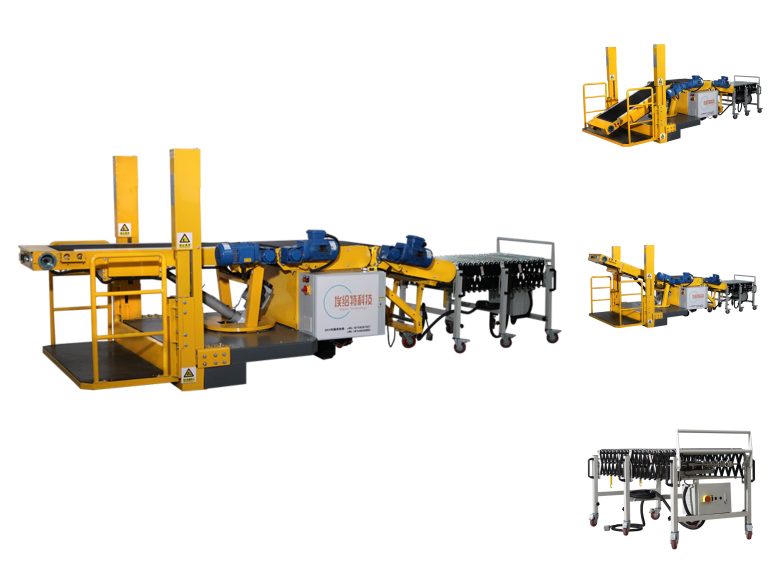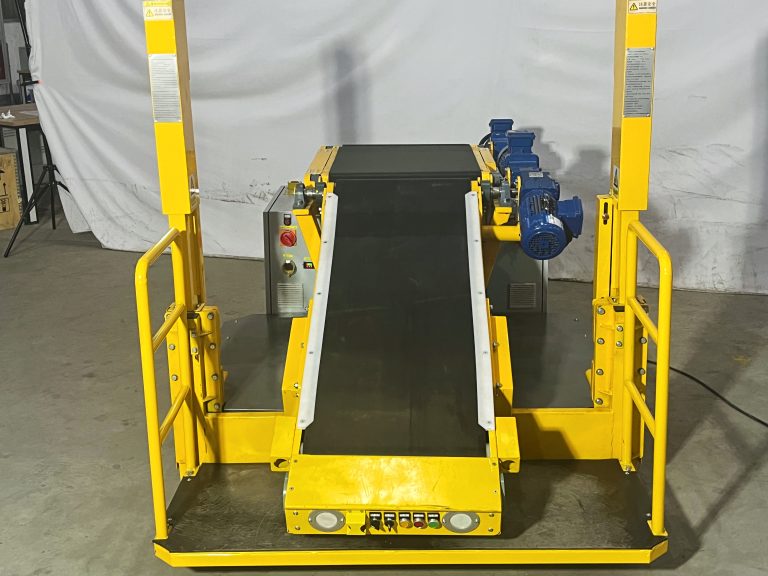Table of Contents
How Rapid Unloading Can Help Reduce Unloading Time and Increase Efficiency
Rapid unloading is a great way to reduce unloading time and increase efficiency. It involves using specialized equipment and techniques to quickly and safely unload goods from a truck or other vehicle. This can be done in a variety of ways, such as using a forklift, conveyor belt, or other automated system. Rapid unloading can help reduce the amount of time it takes to unload goods, which can help increase efficiency and reduce costs. It can also help reduce the risk of injury or damage to goods during the unloading process. Rapid unloading can be a great way to improve the efficiency of any unloading process.The Benefits of Automating Unloading Processes with Rapid Unloading Technology
Automating unloading processes with rapid unloading technology can provide a number of benefits for businesses. This technology can help to reduce labor costs, increase efficiency, and improve safety. First, automating unloading processes with rapid unloading technology can help to reduce labor costs. By automating the unloading process, businesses can reduce the number of workers needed to complete the task. This can help to reduce labor costs and free up workers to focus on other tasks.
First, automating unloading processes with rapid unloading technology can help to reduce labor costs. By automating the unloading process, businesses can reduce the number of workers needed to complete the task. This can help to reduce labor costs and free up workers to focus on other tasks.


